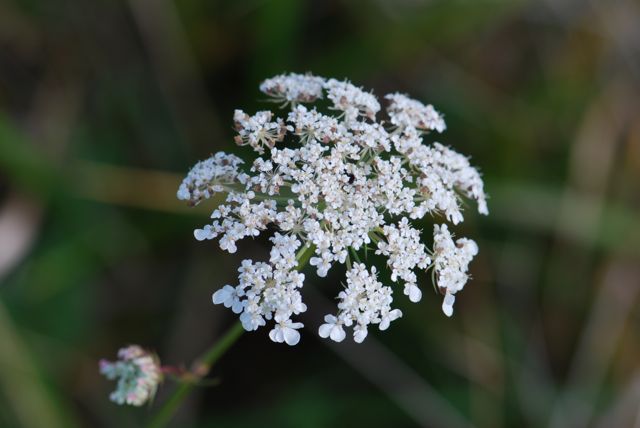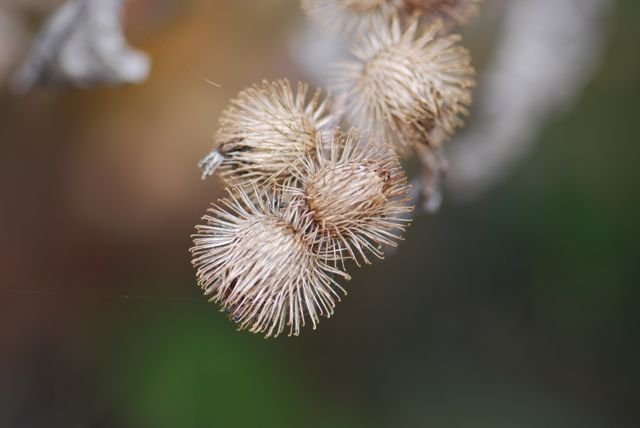Monday starts out with a bang with a blog tour and giveaway (see below) for the exciting new picture book, Weeds Find a Way by Cindy Jenson-Elliott and illustrated by Carolyn Fisher.
by Cindy Jenson-Elliott and illustrated by Carolyn Fisher.

Do your children always want to grab fiction picture books? Weeds Find a Way is a perfect example of the kind of nonfiction that will entice them to give it a try. Jenson-Elliott’s lyrical text paints vibrant, whimsical word pictures. For example, she says the bitter sap of a certain weed “…could turn a tongue inside out.” Can’t you visualize a plant bug with its beak puckered up? As a perfect complement, Fisher’s mixed media and digital collage illustrations are intriguing and playful.
is a perfect example of the kind of nonfiction that will entice them to give it a try. Jenson-Elliott’s lyrical text paints vibrant, whimsical word pictures. For example, she says the bitter sap of a certain weed “…could turn a tongue inside out.” Can’t you visualize a plant bug with its beak puckered up? As a perfect complement, Fisher’s mixed media and digital collage illustrations are intriguing and playful.
You can get a feel for the book in this trailer:
The back matter includes a serious discussion of weeds, including why they are interesting and important. There is also a list and descriptions of some common weeds, from dandelions to wild oats.
Weeds Find a Way gently introduces young readers to the wonders of the natural world by exploring these tough, adaptable plants. Pick up a copy and you will find out, as the author says, “Weeds are amazing!”
gently introduces young readers to the wonders of the natural world by exploring these tough, adaptable plants. Pick up a copy and you will find out, as the author says, “Weeds are amazing!”

Giveaway:
Edit: Would like to try to win a copy of Weeds Find a Way? Simply leave a comment on this blog post with a valid e-mail address (U.S. mailing addresses only) by March 8, 2014 at 6:00 p.m. Eastern Standard Time. A winner will be selected at random from the comments. The giveaway is now closed.

Related Activities to Learn More About Weeds:
1. Cindy Jenson-Elliott has a free curriculum guide to download at her website (currently you download it by clicking on the book cover image). As she correctly points out, weeds can make good subjects to study because they are common and easy to find. She includes art ideas such as doing a botanical drawing, math and science activities (including plant adaptations) and even a weed poetry lesson.
2. Botany – Getting to know your local weeds.
For adults:
Why figure out what kinds of weeds you have?
I’m sure you all have heard of stories of people who have pulled out “weeds,” only to discover they were the seedlings of plants they were intending to grow. About.com has an enlightening essay about the hows and whys of garden weed identification. As the author rightly points out, an accurate identification is the key to proper action. Spend some time getting to know your local weeds and you might also find they have something to offer.
For example:

What use is the common dandelion, which grows virtually everywhere? You may have heard, or even tried them yourself, that you can eat the young green leaves in the spring. How about dandelion tea? They also are an important source of nectar and pollen for honey bees because they are some of the latest plants to bloom in the fall and some of the earliest in the spring.

Children love to help disperse the seeds by blowing on them.

(Public domain photograph by Petr Kratochvil )
Besides, what is more beautiful than a sea of golden yellow flowers to run in?
Where to get help with weed identification?
A useful resource is your local Cooperative Extension office. They are like to have fact sheets about local weeds and Master Gardener volunteers to help.
Online resources, such as this key to weeds from the University of Minnesota Extension, can be helpful, too.
Your local library or bookstore carry books on weed identification, such as Weeds of the Northeast (Comstock books) by Richard H. Uva, Joseph C. Neal, and Joseph M. DiTomaso.
by Richard H. Uva, Joseph C. Neal, and Joseph M. DiTomaso.
For children:
Weeds have many special ways to help them survive. Let’s take a “walk” and see what we can find out.
a. If you were a deer, which would you rather eat:Â one of these plants or a lettuce leaf?

Many weeds have prickles, thorns or spines to keep from being eaten by animals. They also may contain chemicals that make them taste bad or might even be poisonous.
Do you know what this plant is? It is a teasel.
b. Look at this “flower” closely. Can you see that it actually is made up of many, many tiny flowers. How might that help a weed survive?

Each of the tiny flowers has the capability of becoming a seed. Weeds, such as this Queen Anne’s lace (wild carrot), can make up to 350 seeds in one flower head!
c. Besides being too spiky to eat, how might the hooks on this plant help it?
 The hooks on the burdock catch in an animal’s fur or on your socks. If you don’t notice, you carry the bur with its seeds inside to a new place. When you do take it off and throw it away, it might just be in a great new place to grow. Weeds have many tricky ways like this to spread their seeds.
The hooks on the burdock catch in an animal’s fur or on your socks. If you don’t notice, you carry the bur with its seeds inside to a new place. When you do take it off and throw it away, it might just be in a great new place to grow. Weeds have many tricky ways like this to spread their seeds.
d. Plants in the mustard genus (Brassica) are really good at racing. Any ideas why that might help them survive?

Mustards can germinate, grow and produce seeds very quickly. That means they can complete a life cycle in a short time compared to other plants.
Experiment idea:Â Plant a known number of radish (which is a mustard relative) seeds and carrot seeds in containers under the same conditions. Record when you see the first radish sprouts and when you see the first carrots. Who won the race?
e. These heart-shaped seeds are extra hard and tough. How might that help the weed survive?

Velvet leaf seeds are so hard that they can stay alive in the soil up to 60 years. Many plants seeds stay viable (able to sprout) for only a few years.
Why don’t you go on a real walk and see if you can spot other weedy secrets. Then read a great book like Weeds Find a Way to learn more.

Weeds Find a Way
Age Range: 4 – 8 years
Grade Level: Preschool – 3
Hardcover: 40 pages
Publisher: Beach Lane Books (February 4, 2014)
Language: English
ISBN-10: 1442412607
ISBN-13: 978-1442412606
Be sure to visit the upcoming stops on the Weeds Find a Way? blog tour:
Tues, Feb 25 – As They Grow Up
Wed, Feb 26 – Kid Lit Frenzy
Thurs, Feb 27 – Sharpread
Fri, Feb 28 – Children’s Book Review
Mon, Mar 3 – Let’s Go Chipper!
Tues, Mar 4 – Just a Little Creativity
Wed, Mar 5 – Unleashing Readers
Thurs, Mar 6 – 5 Minutes for Books
Fri, Mar 7- Archimedes Notebook
____________________________________________________
Interested in gardening? Have resources to share? Join us for Children’s Garden Week this week.

Disclosures: This book was provided for review purposes via Blue Slip Media. I am an affiliate with Amazon so I can provide you with cover images and links to more information about books and products. As you probably are aware, if you click through the highlighted title link and purchase a product, I will receive a very small commission, at not extra cost to you. Any proceeds help defray the costs of hosting and maintaining this website.
If you are interested in children’s nonfiction, you might want to visit the Nonfiction Monday blog and see what other new books bloggers have found.

by Anna Claybourne, and illustrated by Kimberly Scott and Venetia Dean introduces some easy-to-do hands-on chemistry activities that are sure to intrigue and inspire kids.
 Don’t forget our growing list of popular chemistry books for kids.
Don’t forget our growing list of popular chemistry books for kids.






















